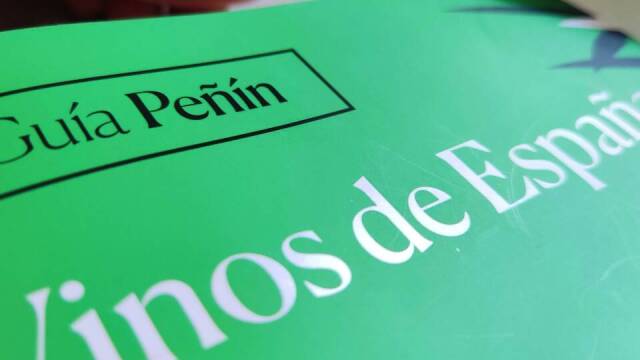Just over a year ago we gave our outlook on the US wine market and the possible consequences for Spanish wine as a result of the 25% import tariff increase ready to be applied along with wines from France, Germany and the UK.
We did not understand the general overreaction of the sector, with some even talking about abandoning the American market. Well, recently the tariffs have been suspended for four months while the source of the whole "conflict", the aviation sector aids, are renegotiated.
Once again we see a certain overreaction from the part of the industry. It is only a provisional suspension, although it is true that it should be the prelude to the desired normalisation.
Exports in 2020
One year later, an analysis of the consequences of the tariff increase during 2020 is complicated if we add the effects of COVID and lockdown to the equation. At first glance, the consequences for Spanish wine have not been as dire as expected. In fact, in the first months of the year (January and February), still lockdown-free, the figures were in fact favourable. Not so for France and Germany, whose exports have plummeted dramatically. Spain fell by 9% in value and 4.5% in volume.
In general, volume has not been affected, it has remained unchanged. Turnover, however, has fallen significantly. This means: same imported wine, but much cheaper. This is due to the substitution of bottled wine imports by bulk wine, probably as a strategy to dodge tariffs.
Curiously, Spain, the world's leading exporter of bulk wine, is not only not participating in this increase in imports but is actually decreasing. Meanwhile, France has tripled its bulk exports to the US and Germany has doubled them. It is no coincidence that these two countries are the main customers of our bulk products...
Changes in American market
All this leads us to believe that certain changes have taken place in the American market. Lockdown has forced the closure of the hospitality trade channel and has shifted consumption to households, where the rules of the game are different. In the privacy of homes, wine loses that part of aspirational consumption and allows and encourages the consumer to explore and search for "new wines".
We should not fail to examine everything that has happened this year in the market. New trends, new formats, emerging countries, changing consumer habits, new products...
All this should lead us to plan new strategies for the promotion and sale of our wines.
It is a bad sign that we have not been able to detect and predict the important shift towards bulk. Not because of the fact itself, but because of the trend.
Bottling at destination, bag in box, new formats, trends in alcoholic graduations, greater prominence of varietal labels, alternative bottle closures, etc… should be trends for consideration and subsequent action.
A year ago we said that the application of the new tariffs was not a sufficient argument for abandoning the American market. We also believe that the disappearance of these tariffs will not be the solution for the marketing and sale of our wines. Other things are needed. Price cannot and must not be our main selling point.
Let's get to work, we have the right product for it at all levels... Even for bulk.

 Log in
Log in






